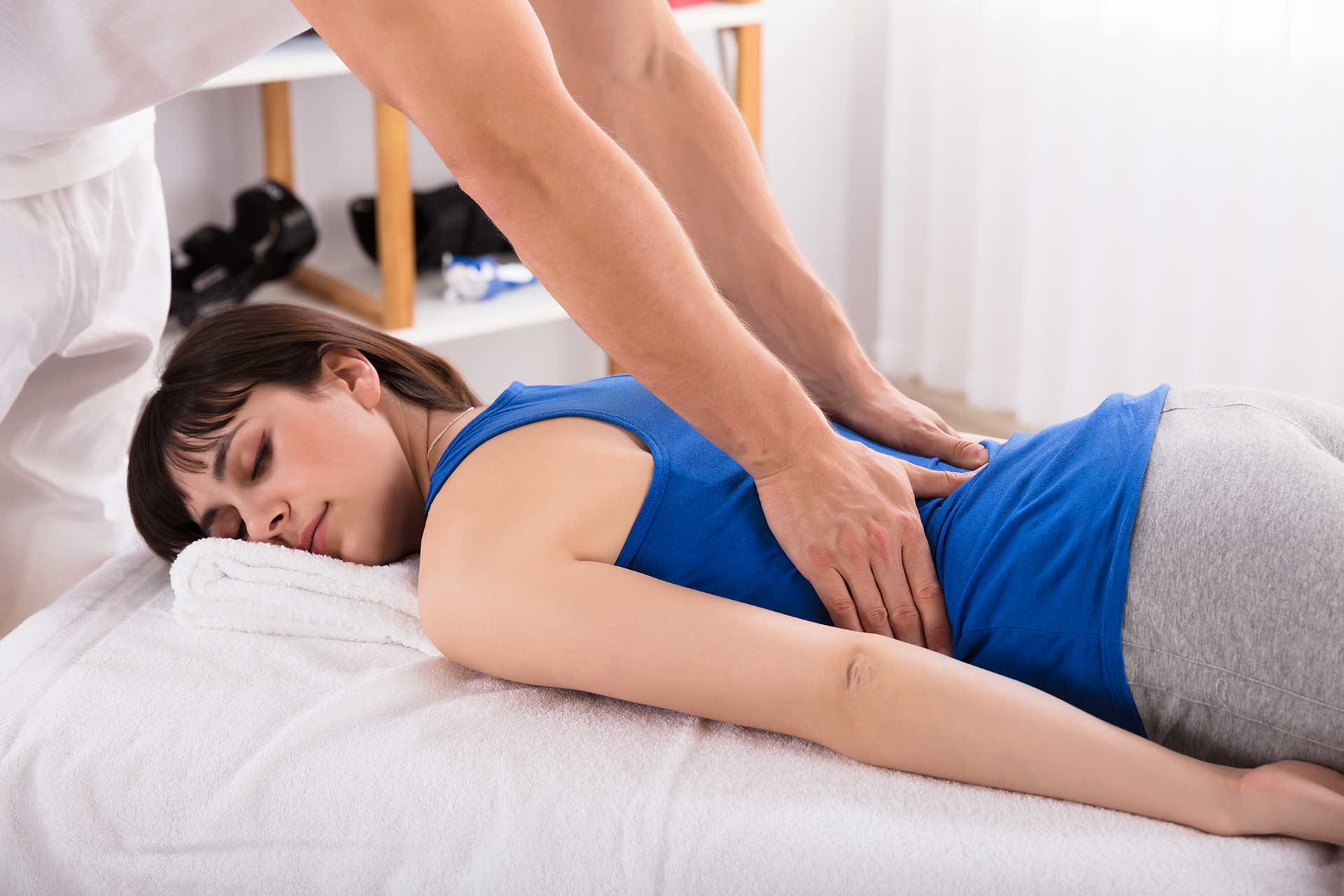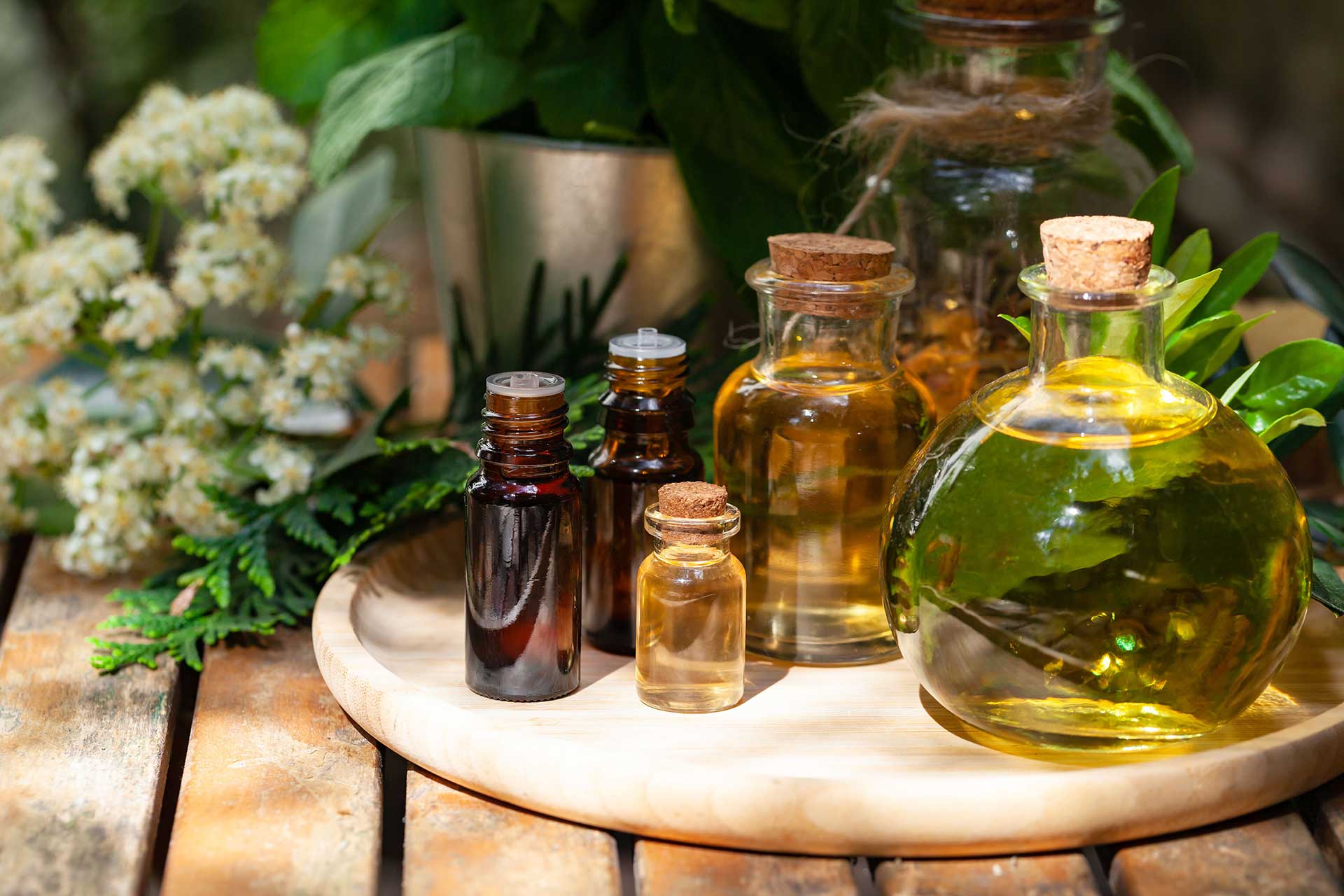Have you ever heard the term Lipoedema? Chances are you haven’t, but I’m sure you’ve seen women who suffer with this condition and noticed the unusual characteristics of its presentation.
What is Lipoedema?
Lipoedema is a chronic disease which affects up to 11% of the female population (you read that right!), yet it is barely recognised by the medical fraternity and is often misdiagnosed as obesity or Lymphoedema. It is a symmetrical build-up of fat tissue predominantly in the legs and arms, though it can present in almost any part of the body.
What are the symptoms of Lipoedema?
- Symmetrical accumulation of fatty tissue in the legs and/or arms, not including feet/hands. There can be fat rings around the ankles or wrists (cankles)
- Texture of skin is soft, like a baby’s
- Legs can be very sensitive to touch
- Easy bruising
- Fat pads can occur at the hips and knees
- Hypermobility
- Aching and pain, especially on the inner thighs and knees
- Decreased mobility
- Diet and exercise have little effect on the affected areas
- Symptoms generally start at times of hormonal change, ie, puberty, pregnancy and menopause
- Small waist and upper body in comparison to the lower half
When I first learnt about Lipoedema in 2006 there was little research, if any, and we were taught that Lipoedema was a condition where there were too many fat cells which were diseased and continued to grow. Now there is research which suggests that these diseased fat cells are encased by connective tissue. This is important because it could be part of the explanation as to why diet does not reduce the size and appearance of the fat.
How to Live Well With Lipoedema?
Getting a diagnosis is difficult. Sufferers of Lipoedema are often told by their GPs they are fat and need to diet and exercise more, even when they explain that they have been doing these things already with no result. There is often fat shaming, which can lead to depression, anxiety and loss of self-esteem.
A physio or OT who specialises in lymphatics will be able to diagnose. There are a few GPs, vascular specialists, podiatrists and plastic surgeons who may be able to identify it, but these are few and far between.
You don’t need a diagnosis to start conservatively treating Lipoedema if you suspect you have it. Here a few things that are recommended:
- Psychological/emotional support
- Following an anti-inflammatory way of eating. While this doesn’t alter the shape of the legs it can help with pain management and general health
- Exercise in whatever way you can manage – walking in water is one of the best ways to manage the condition but whatever exercise you enjoy is best, as long as it doesn’t cause you pain
- Compression therapy – stockings and pumps
- Manual Lymphatic Drainage
- Dry brushing/opening lymph nodes
Gather a team of natural therapists to help manage your Lipoedema:
- Remedial Massage Therapist with training in Manual Lymphatic Drainage – ask them about their qualifications and experience with Lipoedema
- Physiotherapist/OT with training in Manual Lymphatic Drainage
- Nutritionist
- Psychotherapist
- Podiatrist
- Osteopath/chiropractor
There are numerous Support Groups available online, some of whom hold regular catch ups.
The 4th Lipoedema Australia National Conference is being held in Sydney from 17-19 June 2022. This is a fantastic opportunity to meet other Lipoedema sufferers and hear the latest in research and treatment options.








